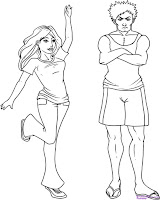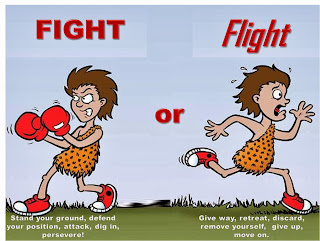The traditional Chinese practice of Tai Chi is renowned the world over for its many martial arts, physical and mental health benefits. High among these benefits is its potential to cultivate leadership qualities in practitioners. From enhanced self-awareness to improved communication skills, here is how Tai Chi can transform leadership qualities.
Balance
In leadership, balance is a key component because it means staying calm and balanced while under pressure. Tai Chi teaches its practitioners the importance of staying centered and focused when faced with unpredicted and difficult situations. This helps leaders stay grounded and make decisions objectively. Practicing Tai Chi also helps cultivate poise, self-control, and a sense of inner peace. This can help make leaders more capable of managing their emotions and making clear decisions without being swayed by panic, fear, or ego.
Concentration
The ability to focus is highly valued in leadership because it requires immense concentration and discipline. Tai Chi helps practitioners improve concentration levels through deep mental and physical exercises. Focused breathing and meditation techniques can help leaders concentrate better and stay on task and track. Additionally, the slow and smooth movements of Tai Chi also helps practitioners stay mindful and connected to their environment. This increases the likelihood of making wise decisions in the face of challenging situations.
Flow
Flow is an important attribute for leaders. It is the ability to move from one task to another, from one issue to another seamlessly without being disrupted by outside disturbances. Tai Chi helps cultivate this skill by teaching practitioners how to physically move in sync with their inner energy and surroundings. This helps leaders stay within parameters of their tasks and vision, on their goals and make timely decisions. Tai Chi also promotes creativity and a sense of ease which are two essential traits for successful leadership.
Self-Awareness
Self-awareness is essential for wise decision-making. Tai
Chi helps cultivate self-awareness by promoting relaxation and a better
understanding of one's body. As practitioners become aware of their inner
energy, they also become aware of their weaknesses and strengths. This helps
them understand their limitations and empower them to make better choices in
difficult situations. And a leader without self-awareness cannot lead others.
So, Tai Chi is a powerful tool used more and more that can
help enhance the leadership qualities if it is practiced properly. Through
balance, concentration, flow, and self-awareness, individuals can become more
aware of their strengths and weaknesses and be better equipped to make wise
decisions in challenging situations. Therefore, incorporating Tai Chi into
leadership development programmes can have a significant positive impact on
individuals.


































